Follow Label on Pesticides
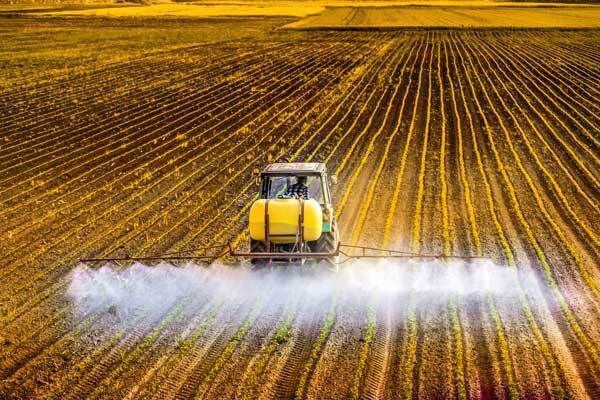
Follow label instructions for storing and disposing of pesticides and containers to ensure that no excess pesticides get into area waters poisoning wildlife.
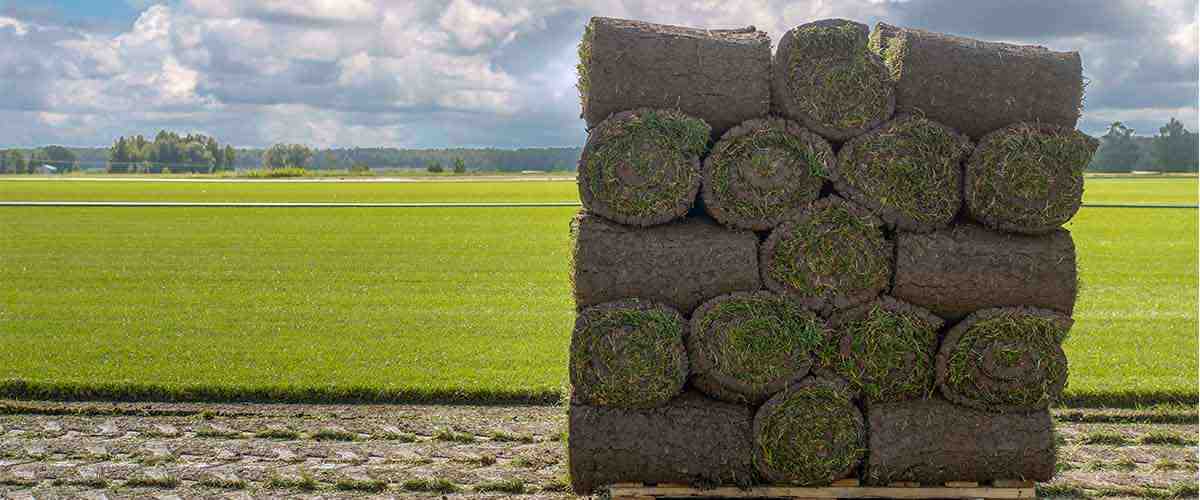
Nearly 1.2 billion acres of the nation’s 2.3 billion acres are devoted to agriculture. This includes approximately 330 million acres of row crop land, 655 million acres of pasture and rangeland, and 130 million acres of grazed forestland.
Agriculture, food, and related industries contributed over $1 trillion to the U.S. gross domestic product (GDP) in 2017, a 5.4 percent share. The agriculture sector’s overall contribution to GDP is larger than this because agriculture-related sectors rely on agricultural inputs in order to contribute added value to the economy. More than 22 million full- and part-time jobs are linked to the agricultural and food sectors—11 percent of total U.S. employment. Direct on-farm employment accounted for about 2.6 million of these jobs, or 1.3 percent of the national total. The links below provide more information about U.S. agriculture. - USEPA
Nutrients in fertilizer and livestock manure, pesticides, and other substances don't always remain stationary on the landscape where they are applied. Runoff, infiltration, and irrigation return flows can move these contaminants into local streams, rivers, and groundwater. Increased levels of nitrogen and phosphorus from fertilizer and manure can stimulate algal blooms in lakes and rivers, which can lead to the development of hypoxic (low oxygen) conditions that are harmful to aquatic life. Algae can also affect recreational uses of local streams, downstream reservoirs, and estuaries. (EPA, 2021)
Excessive sedimentation from erosion can overwhelm aquatic ecosystems, smother breeding areas, and degrade coastal and marine ecosystems—including coral reefs. (EPA, 2021)
Sediment entering Mobile Bay (NOAA)
Wetlands and riparian areas typically occur as natural buffers between uplands and adjacent water bodies. They act as natural filters of nonpoint source pollutants, including sediment, nutrients, pathogens, and metals, to waterbodies, such as rivers, streams, lakes and coastal waters. It is important to preserve and restore wetlands and riparian areas because these areas can play a significant role in managing adverse water quality impacts. Wetlands, including depressional wetlands, and riparian areas help decrease the need for costly stormwater and flood protection facilities. (EPA, 2021)
Integrated Pest Management (IPM) is an environmentally friendly, common-sense approach to controlling pests and take advantage of all appropriate pest management strategies, including the judicious use of pesticides. The approach is to identify pests and monitor progress, set action thresholds, prevent, and control. (EPA, 2021)
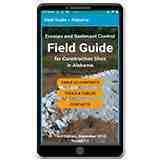
The purpose of this Field Guide is to provide a quick, handy guide for persons involved in land-disturbing activities. This includes home builders, general contractors, road builders, installers of best management practices, erosion and sediment control planners and designers, plan reviewers, and inspectors.
Download: iPhone or Android
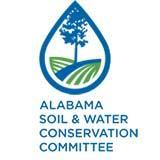
Local Soil and Water Conservations Districts (SWCDs) are state entities located in each county that work locally through volunteer supervisors, landowners, and local staff to protect Alabama’s natural resources. The United States Department of Agriculture-Natural Resources Conservation Service (NRCS) is the primary federal partner and provides America’s farmers and ranchers with financial and technical assistance to voluntarily put conservation on the ground, not only helping the environment but agricultural operations, too.
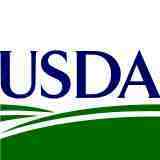
CRP is a land conservation program administered by the Farm Service Agency (FSA). In exchange for a yearly rental payment, farmers enrolled in the program agree to remove environmentally sensitive land from agricultural production and plant species that will improve environmental health and quality. Contracts for land enrolled in CRP are from 10 to15 years in length. The long-term goal of the program is to re-establish valuable land cover to help improve water quality, prevent soil erosion, and reduce loss of wildlife habitat.
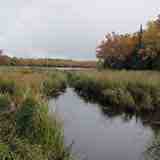
The Farmable Wetlands Program (FWP) is designed to restore previously farmed wetlands and wetland buffer to improve both vegetation and water flow. FWP is a voluntary program to restore up to one million acres of farmable wetlands and associated buffers. Participants must agree to restore the wetlands, establish plant cover, and to not use enrolled land for commercial purposes. Plant cover may include plants that are partially submerged or specific types of trees.
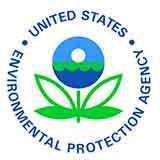
About half the land area in the United States is farmland. These nearly 1.2 billion acres produce an abundant supply of food and other products. Activities on working farms and ranches can affect water quality, both locally and across multi-state watersheds. Producers can adopt soil and water conservation practices to reduce the runoff of sediment, nutrients, bacteria, pesticides, and other pollutants from their operations.

Apply the erosion component of a Resource Management System (RMS) as defined in the Field Office Technical Guide of the U.S. Department of Agriculture–Natural Resources Conservation Service (see Appendix B) to minimize the delivery of sediment from agricultural lands to surface waters,

Follow label instructions for storing and disposing of pesticides and containers to ensure that no excess pesticides get into area waters poisoning wildlife.
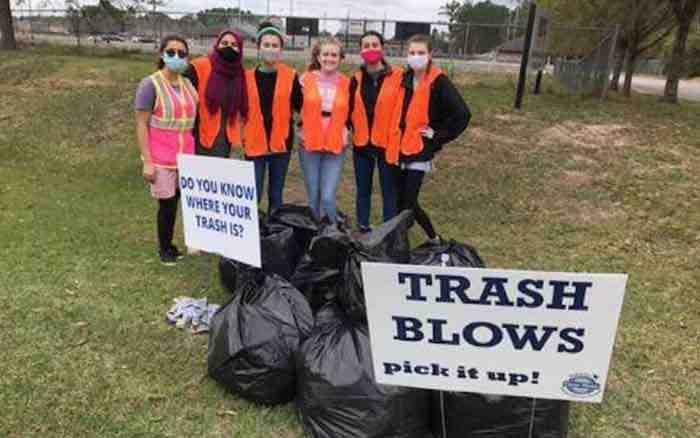
Volunteer, place-based grassroots groups are committed to creating a clean water future for their communities. Through water quality monitoring, education and outreach, and assessment.
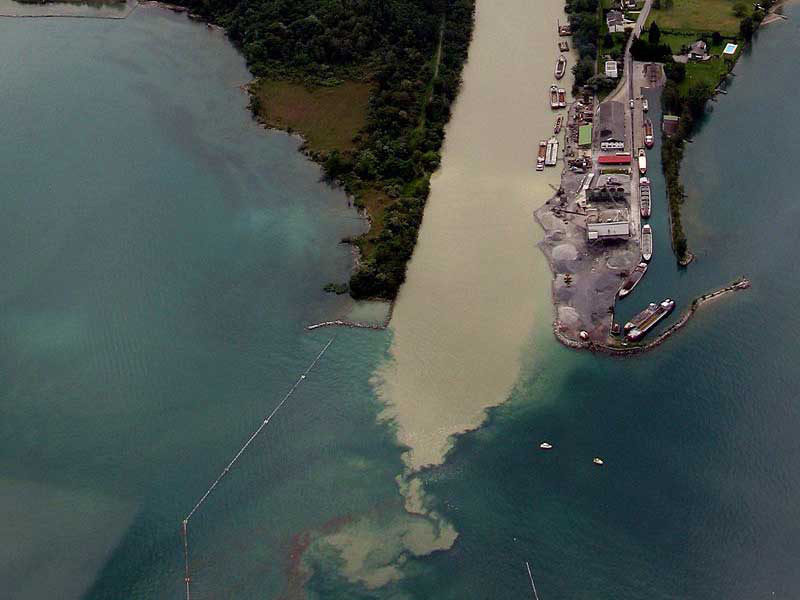
When water rushes off hardened surfaces, erosion of sediments degrade water conditions and smother and disrupt seagrass growth and the habitat for benthic organisms they provide.
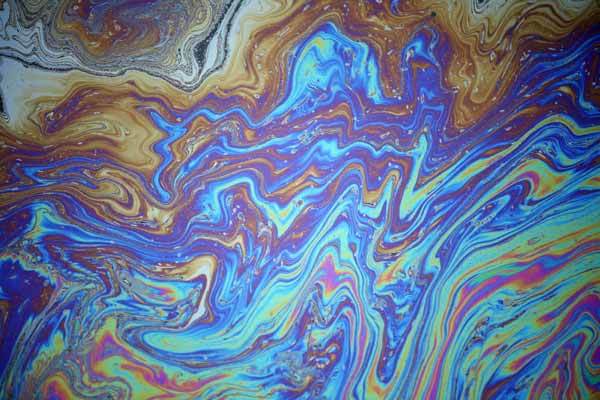
Compounds like oil, grease, and heavy metals take a long time to break down and threaten the health of both aquatic and human life.
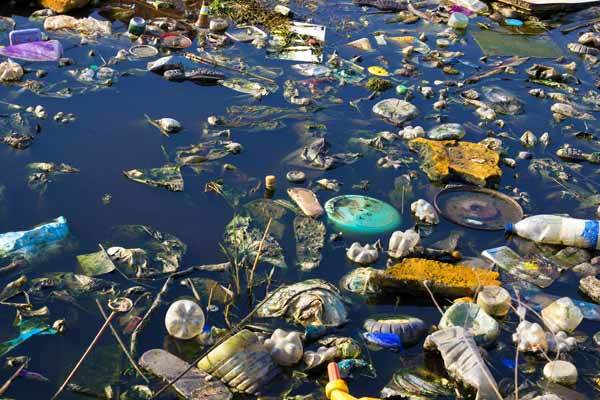
Litter is not only unsightly, but it also causes a variety of problems to the ecosystem as it enters our waters where it is often is mistaken for food by fish and invertebrates.
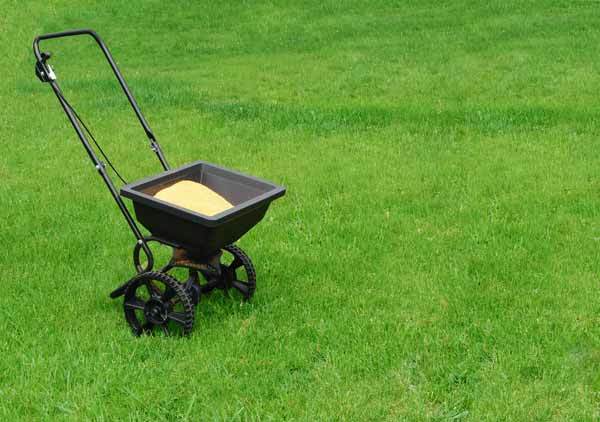
Too much fertilizer, pet waste, and other nutrients in our water often lead to serious problems like lowering dissolved oxygen levels, preventing seagrass growth, and killing fish.
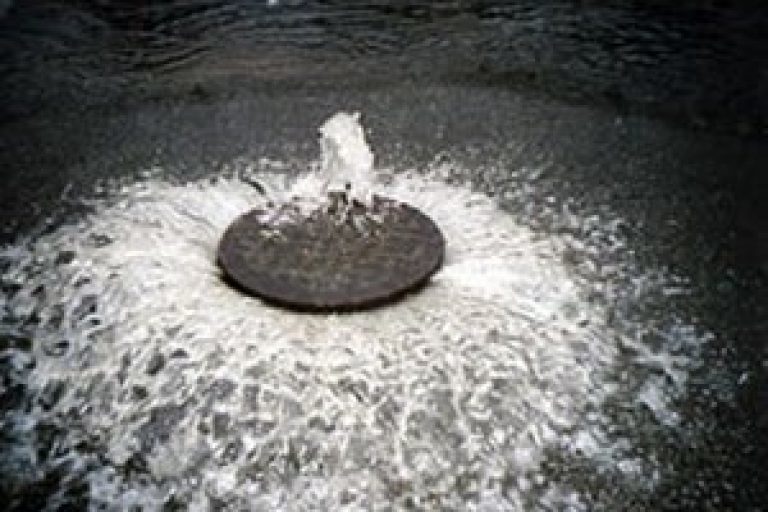
Disease-causing microorganisms, including bacteria, viruses, and other single-celled organisms, are referred to as pathogens, some, like Salmonella, cause human health problems.

While pesticides are designed to be toxic to certain organisms, they can often be harmful and kill other species in the marine system that are important for the entire ecosystem.